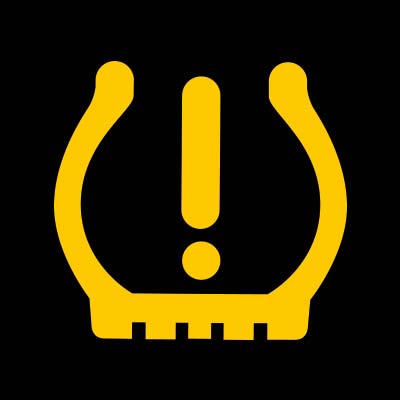For those, like me, who didn't exactly read the manual cover to cover (or at all) and just jumped in and started driving there might be a few useful features that some people are unaware of. For example, I didn't know:-
That you could join/split the climate control by pressing the temperature itself and pressing the icon at the top(I'd just been using the plus and minus buttons to do the temperature, and it arrived with split climate control)
OR
There is a rain sensor on/off button on the wiper stalk (I'd just had it on intermittent wipe and was adjusting the sensitivity wheel)
OR
You can get the wing mirrors to auto dip on the reverse (or do it manually by pressing the wing mirror button twice)
OR
The home button is the little white bar at the bottom of the screen, and if you hold it down, it goes into screen cleaning mode, and if you hold it longer, it reboots the infotainment.
OR
The funky little animation on the rear light cluster when you unlock with the remote (perfectly possible to miss this treat if you always use keyless entry)
You get the idea. Add some more to the thread and see if you can make someone say, "oooh, well, I didn't know that!"
(maybe like the person's post too if "you didn't know that," so at least we know we've helped at least one new owner improve their life )
)
That you could join/split the climate control by pressing the temperature itself and pressing the icon at the top(I'd just been using the plus and minus buttons to do the temperature, and it arrived with split climate control)
OR
There is a rain sensor on/off button on the wiper stalk (I'd just had it on intermittent wipe and was adjusting the sensitivity wheel)
OR
You can get the wing mirrors to auto dip on the reverse (or do it manually by pressing the wing mirror button twice)
OR
The home button is the little white bar at the bottom of the screen, and if you hold it down, it goes into screen cleaning mode, and if you hold it longer, it reboots the infotainment.
OR
The funky little animation on the rear light cluster when you unlock with the remote (perfectly possible to miss this treat if you always use keyless entry)
You get the idea. Add some more to the thread and see if you can make someone say, "oooh, well, I didn't know that!"
(maybe like the person's post too if "you didn't know that," so at least we know we've helped at least one new owner improve their life







